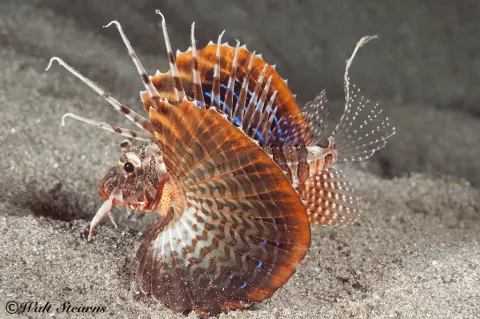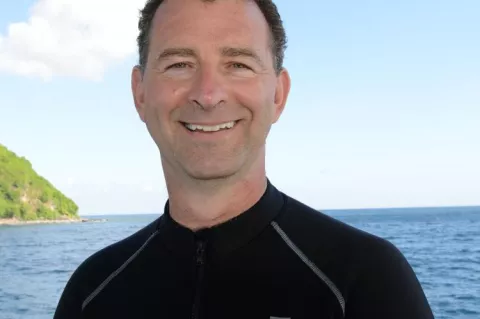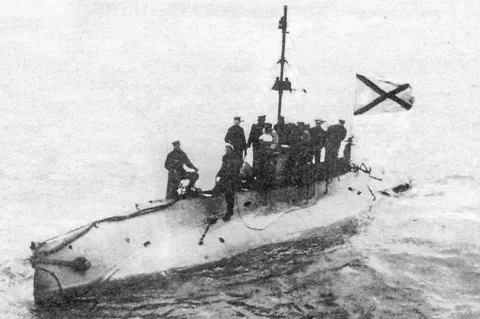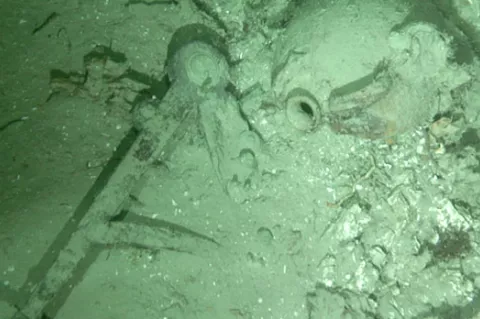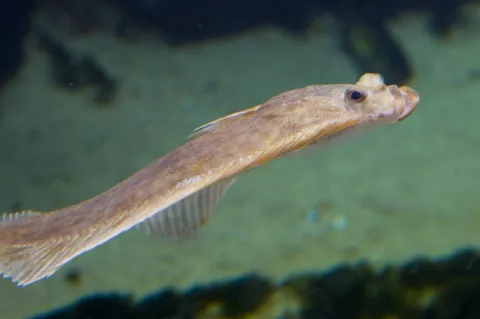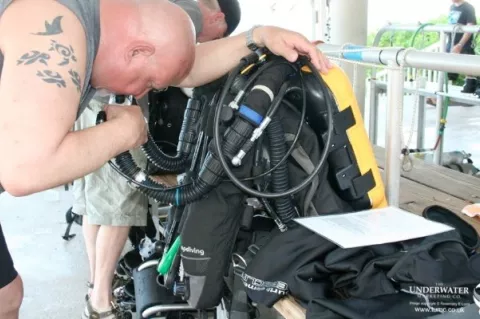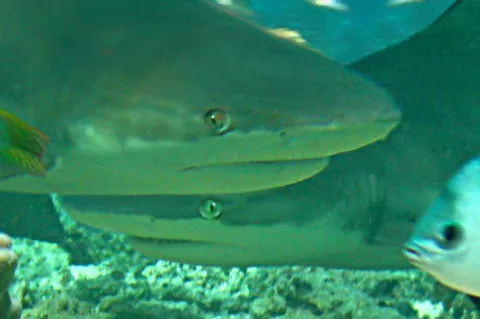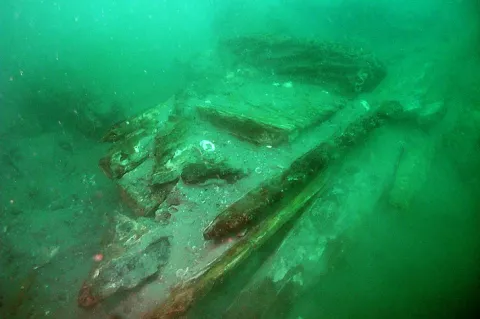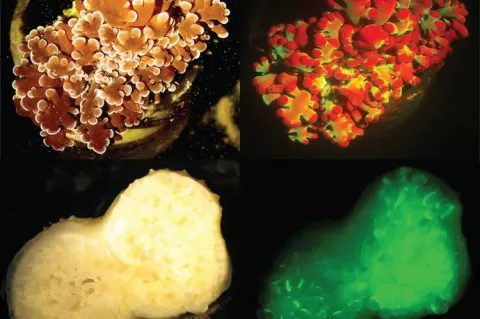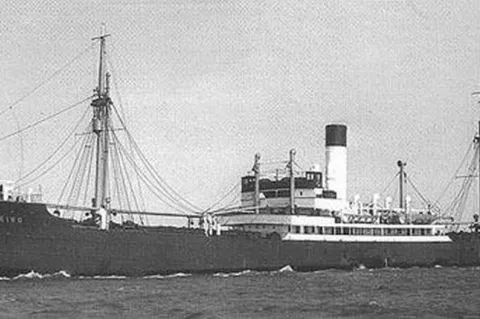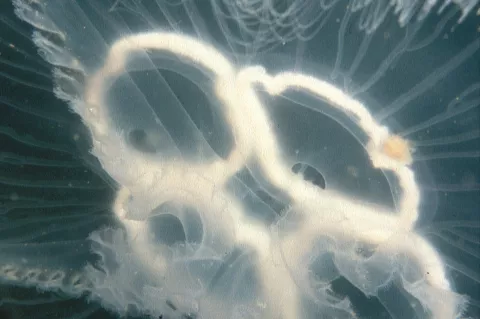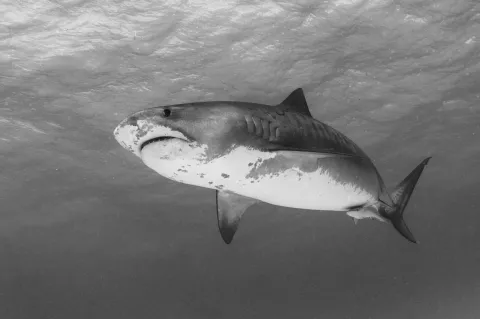Capturing the Fire Dancer
It's large, fan-like fins wave and flare like the skirts of a Flamenco dancer, revealing vibrant shades of rust and orange with flashes of royal blue as it hunts its prey under the cover of night. As beautiful as its dance may be, one prick from one of its long dorsal spines will inflict a very painful burning sensation.
- Read more about Capturing the Fire Dancer
- Log in to post comments

